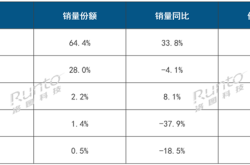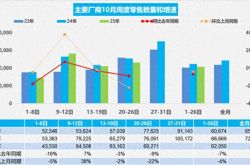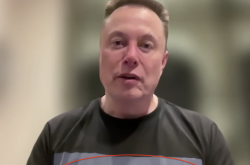Dreame Ventures into EV Market, Boldly Ignorant of Challenges Ahead
![]() 08/29 2025
08/29 2025
![]() 602
602
Combining "Flying Dreams" with "Automotive Grandeur," financially strapped Dreame aims to tap into the pockets of diverse capital investors.
This year's Chengdu Auto Show not only missed the presence of all super luxury brands but also second-tier luxury names like Lexus, Genesis, and Jaguar Land Rover. Even some joint venture brands, such as Dongfeng Honda and Chevrolet, withdrew from the event.
Amidst rumors that Xiaomi might be the last new entrant into EV manufacturing, there are still dreamers who haven't given up, even by 2025.

Just a day before the Chengdu Auto Show, Dreame made a grand entrance into the EV market.
Ignorance Breeds Boldness
To officially unveil its EV manufacturing plans, Dreame penned an internal letter to boost morale, exuding a heroic spirit that soared high, but it remains to be seen how long this momentum can be sustained.
"Dreame will build cars, the fastest cars in the world."
Indeed, Dreame's initial benchmark for EV manufacturing is Bugatti, boldly stated in the internal letter: "We revere this industry... Only reverence can help us see clearly the path ahead; only humility can take us further."
The latest edition of the "Modern Chinese Dictionary" defines "reverence" as a complex emotional experience intertwined with respect and fear towards noble things.
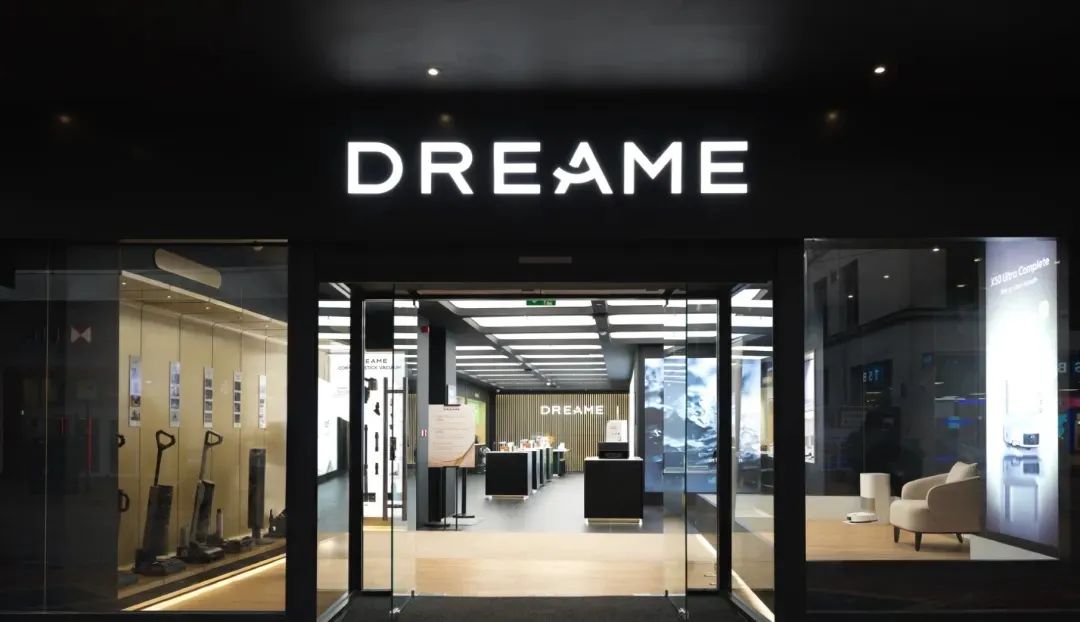
At least in the matter of benchmarking Bugatti, the outside world sees neither respect nor fear.
As they later emphasized, great dreams often stem from boldness. Additionally, Dreame elaborated that their boldness stems from being "clear-headed," "unique," and "determined."
Before this, the outside world often heard the saying, "Because of ignorance, so fearless."
Whether it's ignorance or boldness, Dreame's new car won't be ready until at least 2027. In the meantime, let's take a closer look at what kind of company Dreame truly is.

The term "Dreame" originates from the phonetic transliteration of its brand logo "dreame" (dream), a typical case of "export-to-domestic detailing," commonly seen in some clothing brands lacking confidence. In this regard, it's not as effective as directly using pinyin like "DJI" or "Xiaomi".
But it also reflects the founder's passion. Founder Yu Hao is a quintessential geek who was admitted to the Tsinghua Aerospace Institute through a physics competition in his senior year of high school. At 22, while at Tsinghua, he became one of the earliest developers of quadcopter drones and the inventor of tricopter drones in China. It was in this year that DJI was founded.
It's worth noting that Yu Hao didn't pursue his flying dream directly but took a circuitous route to save the country, diving into the intelligent cleaning race to overcome motor technology and break Dyson's barriers, thus initiating Dreame's journey with robot vacuum cleaners.
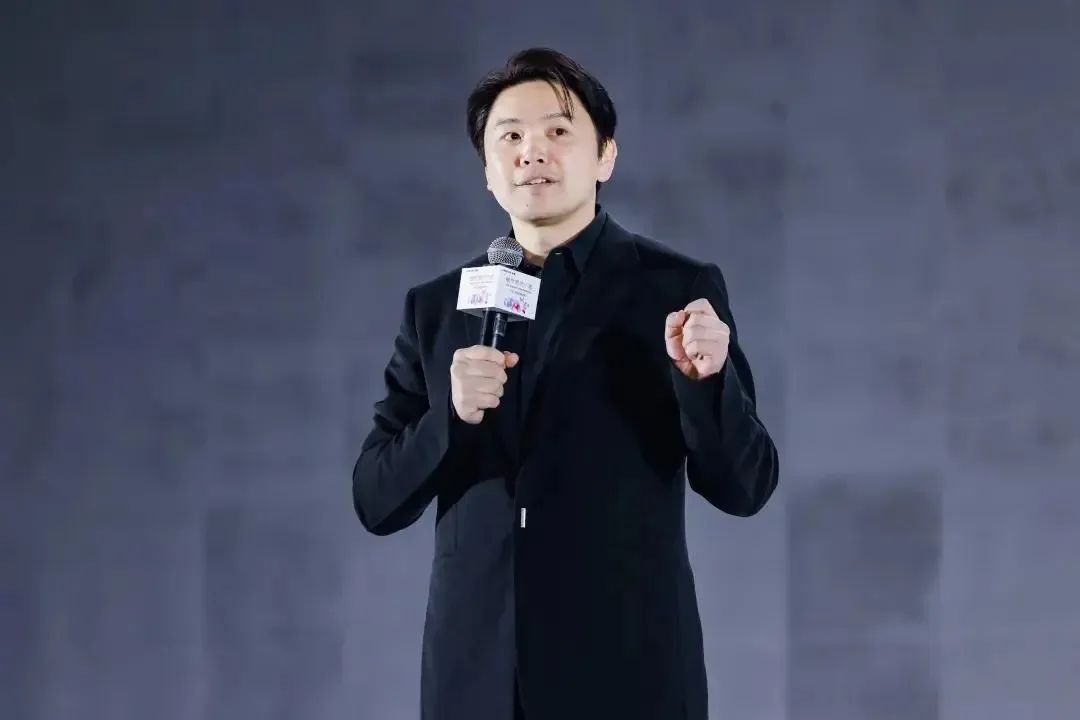
In the field of robot vacuum cleaners, Dreame is doing quite well, temporarily ranking third with a market share of 11.3%, second only to Roborock and Ecovacs.
By the way, Stone Technology, which ranks first in the world, has also ventured into car manufacturing. A few years ago, Jishi Automobile stirred up a lot of commotion but has since faded into obscurity.
Additionally, DJI's Zhuoyu has long been providing intelligent driving solutions for automotive companies, effectively putting one foot into the automotive industry. Moreover, DJI launched their robot vacuum cleaner this year, pricing it at a steep 6,000 yuan.
To be honest, Dreame originally did OEM manufacturing for Xiaomi's robot vacuum cleaners, and now Xiaomi has also gained a foothold in the automotive industry.
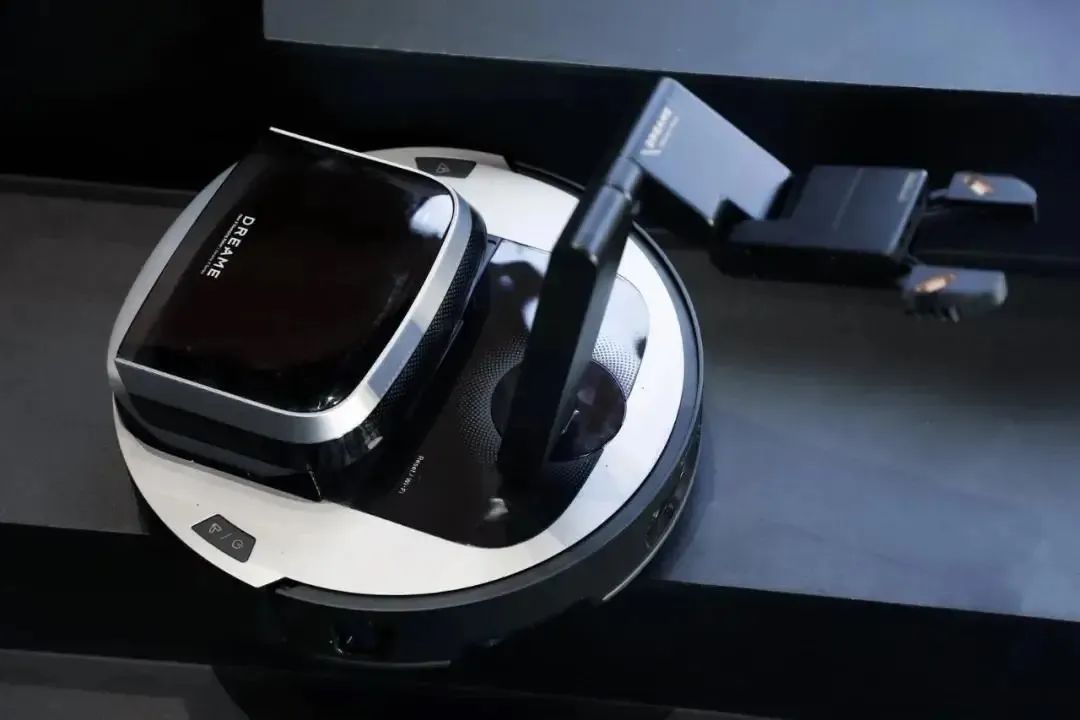
It has to be said that Dreame's cross-border entry into EV manufacturing has been influenced to some extent by its peers. Those who made drones started selling robot vacuum cleaners, and those who sold robot vacuum cleaners started making cars. As Li Yunlong would say, the entire northwestern Shanxi is in a mess.
Just a week before Dreame officially announced its EV manufacturing plans, they also announced the production of drones, aiming to penetrate DJI's territory. Yu Hao said on his WeChat Moments, "When I was admitted to Tsinghua in my senior year of high school, I resolutely chose the School of Aerospace Engineering because I loved airplanes."
It just didn't occur to the outside world that, in addition to loving airplanes, Yu Hao also loves cars, truly having a wide range of interests.

A famous saying goes that turning a hobby into a job is a painful thing. However, some psychological analysts believe that naming a career after a hobby has its advantages. If it fails, one can still save face under the guise of a hobby. Just like losing money for love, it's a risk worth taking, regardless of success or failure. But if the original intention was to make money and one loses money, it's a complete failure.
For some geeks, this is unacceptable.
Making money is making money, nothing to be ashamed of. After all, Yu Hao has previously expressed to the media that the current focus is on the 10 billion-level market, with future ambitions to target the trillion-level market.
The automotive industry may be one of these trillion-level markets that Yu Hao wants a piece of.
Can Dreame carve out a niche in the automotive industry?
Before discussing Dreame's upcoming claim to the world's fastest car, let's first take a look at what the previous holder of that title, Bugatti, looks like.
Four years ago, due to losses, Volkswagen "abandoned" Bugatti. Volkswagen Group subsidiary Porsche and Volkswagen's supercar brand Bugatti, in conjunction with Croatian electric supercar manufacturer Rimac, announced the establishment of a new joint venture to create the world's top electric supercars, with Porsche holding only 45% of the new joint venture.
The 16-cylinder Veyron supercar, Bugatti's first model under Volkswagen Group's helm, is considered one of the most loss-making models in the automotive industry. For every Veyron sold, Bugatti incurred a net loss of $6 million, equivalent to nearly 40 million yuan.
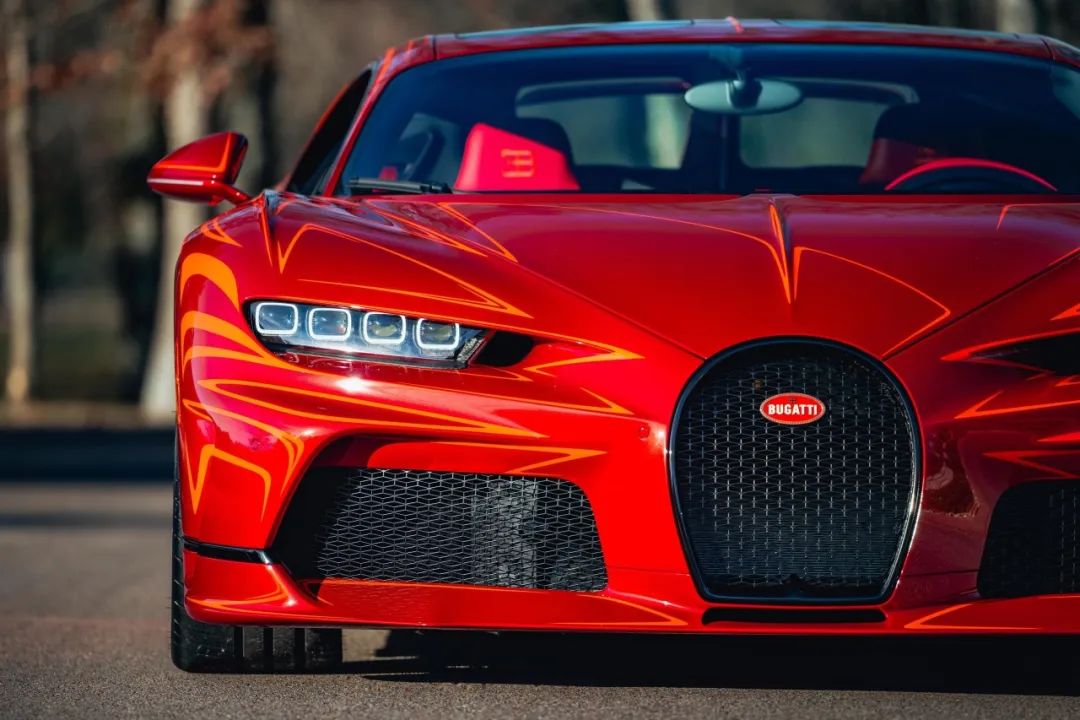
This is the cruel reality of the previous fastest car in the world. From this perspective, by benchmarking Bugatti, Dreame does indeed show some boldness.
The threshold for EV manufacturing can be high or low. After all, since the entry of internet companies, cars seem to be like building Legos. As long as suppliers are assembled and some of one's own technology is added, a compelling story can be told.
Dreame stated, "In this scarce window of opportunity, the company sees potential and aims to achieve a strategic leap from 'intelligent home appliances' to 'ultra-luxury electric vehicles' by relying on its accumulated technical strength, global channels, and brand recognition in the intelligent hardware field."
Dreame said that technologies such as visual recognition, scene modeling, and autonomous path planning in intelligent perception and AI algorithms have already been commercially used in service robots, which can be leveraged in the development of advanced driver assistance systems (ADAS) and intelligent cockpit interaction experiences.
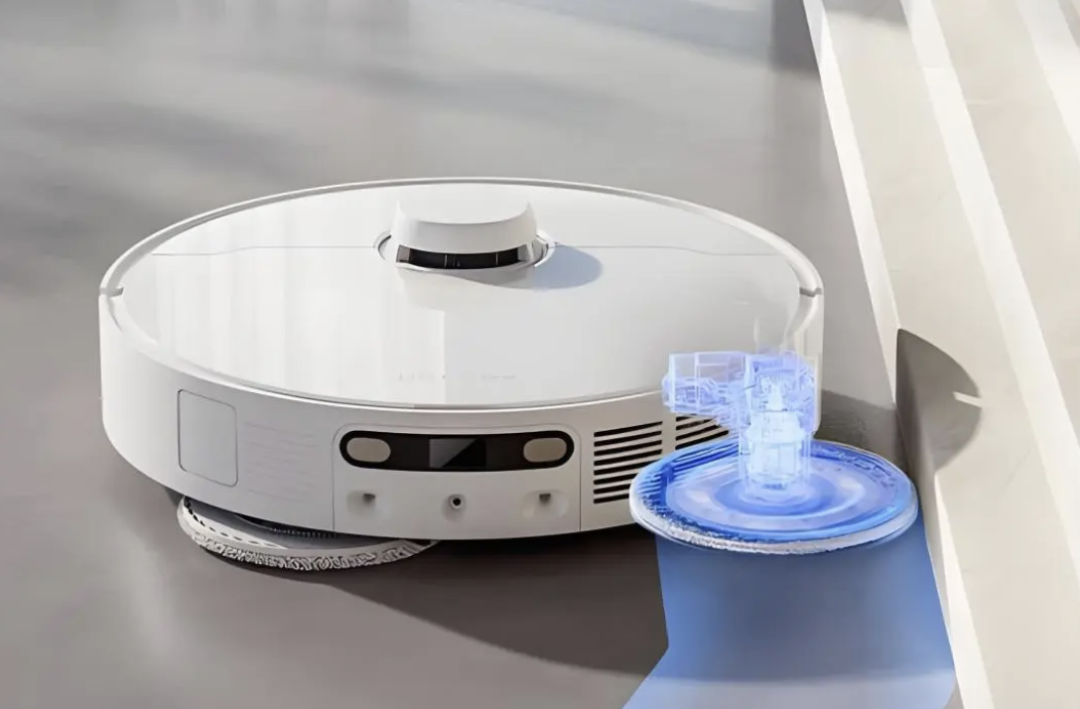
Of course, Jishi Technology has already used similar rhetoric when it entered the EV market a few years ago. But Dreame still has its own trump card.
In 2017, when Dreame was just starting out, the cleaning appliance industry was still under the shadow of Dyson's "100,000 RPM" high-speed motor. At that time, the 20,000 RPM motors commonly used by domestic enterprises had a cleaning suction force more than 20 times less than Dyson's.
In the first year of its establishment, Yu Hao led a small team of dozens of people and broke through Dyson's technological blockade, achieving a self-developed motor speed of 100,000 RPM.
Perhaps it was precisely because of such technical prowess that Dreame gained the appreciation of Lei Jun and Xiaomi. As a result, despite not having a formed C-end product in hand, Dreame became an important member of Xiaomi's ecological chain as an exception.
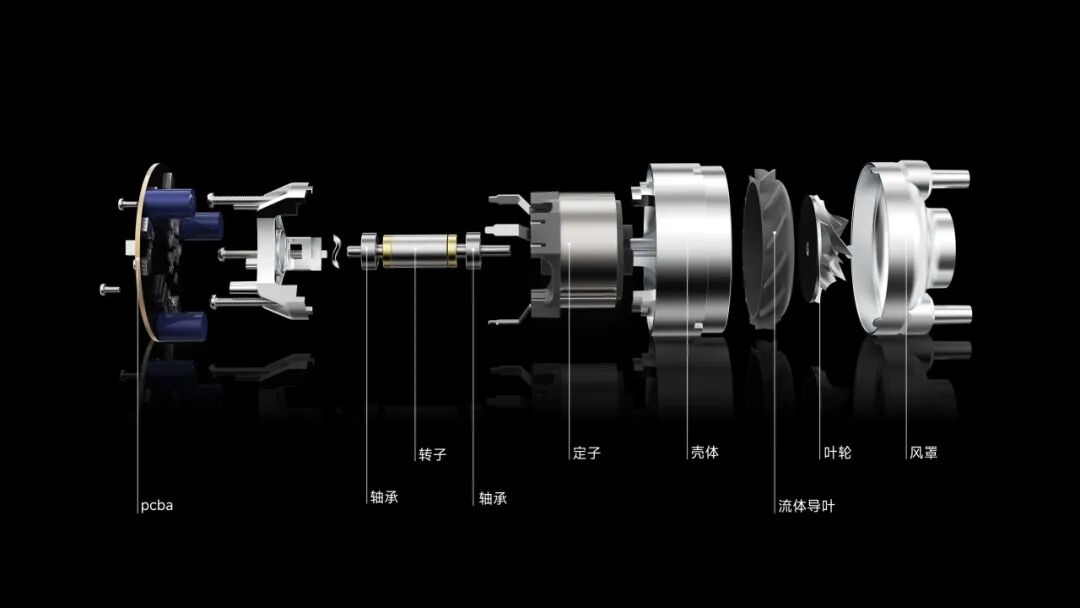
Today, Dreame's self-developed ultra-high-speed motors with speeds exceeding 200,000 RPM have been widely used in robot vacuum cleaners and intelligent cleaning product lines. To some extent, "ultra-high-speed motors" are Dreame's core technology.
Dreame stated, "This technological system can serve the high-performance electric drive system of electric vehicles, especially the design and management experience of high-power, high-speed motors, which is of great significance for creating a supercar-level powertrain. Relying on high-speed motor technology, Dreame will build the fastest car in the world."
In the traditional automotive industry's terminology, the term "three-electric system" is often used, encompassing motors, electronic controls, and batteries. The term "motor" used in the automotive industry should have first appeared in the Japanese anime "Initial D" 20 years ago, where "high-speed motors" were used to build cars, always reminding people of "Aodi Shuangzuan, my partner" rather than Bugatti Veyron.
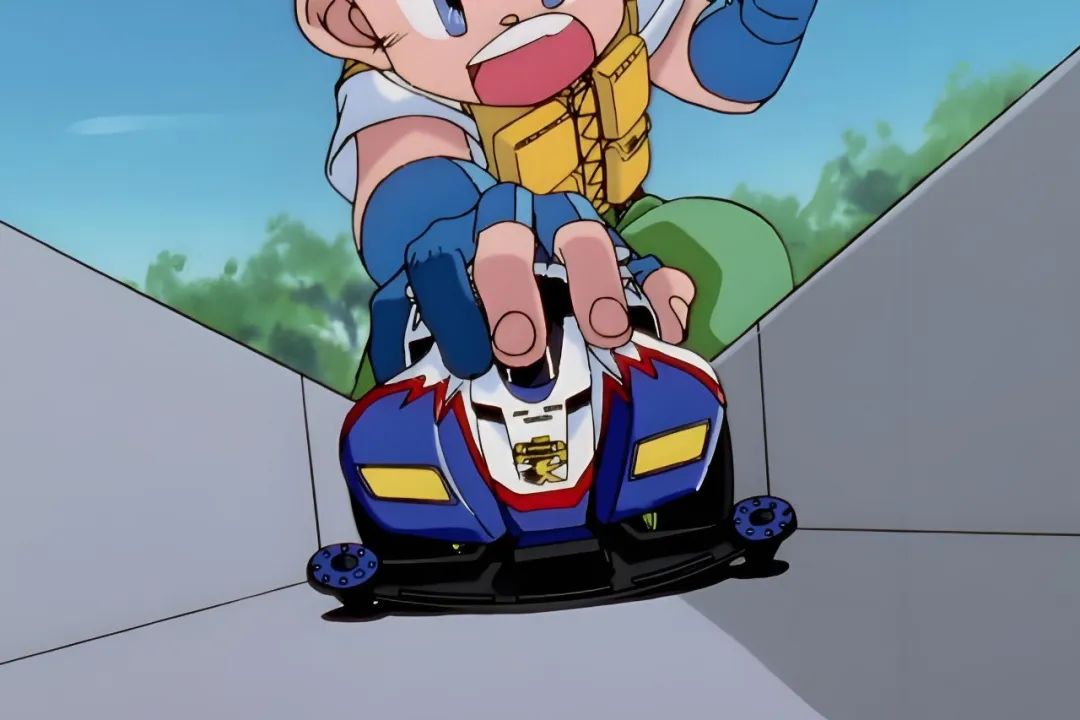
At the top of the Dreame internal letter, a fleeting image of a sports car can be faintly seen. Some media outlets commented after reading that for a moment, they felt a bit trance-like, as if they saw the shadow of another acquaintance from Wuzhong District, Suzhou.
The previous company aiming to build China's first electric supercar, Qiantu Motor, was also based in Suzhou. Not long ago, some enthusiasts took aerial photos of the deserted factory overgrown with weeds.
Perhaps Dreame can follow in the footsteps of its predecessors and steadily move forward this time around, saving quite a bit of trouble.
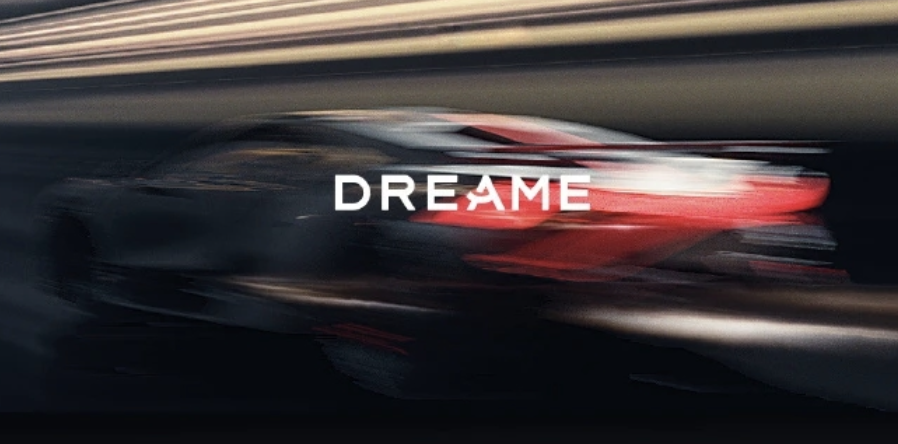
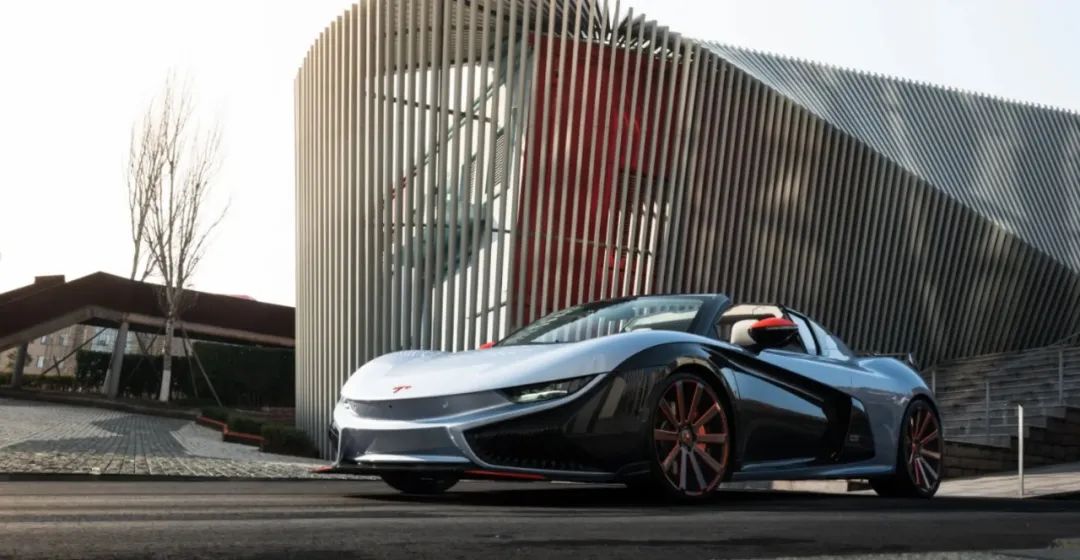
In the first half of 2025, it was reported that Dreame Technology was accelerating the formation of a financial team and massively deploying consumer financial services. Previous job postings revealed that Dreame Technology had released multiple high-paying positions, including those for business, post-loan, and overseas business leaders. In addition to the Chinese market, Dreame also plans to launch credit businesses in Southeast Asia, Latin America, Central Asia, and other countries and regions. The monthly salary for overseas credit business managers can reach up to 70,000 yuan.
After all, a plethora of domestic internet companies, whether engaged in ride-hailing, food delivery, or even antivirus software, are lending money. By the time Dreame wants to enter this field, it may have already lost its competitive edge.
It might as well tell a good cross-border story, combining "flying dreams" with "automotive grandeur," which might be able to tap into the pockets of diverse capital investors.
Note: Some images are sourced from the internet. If there is any infringement, please contact us for removal.
-END-

